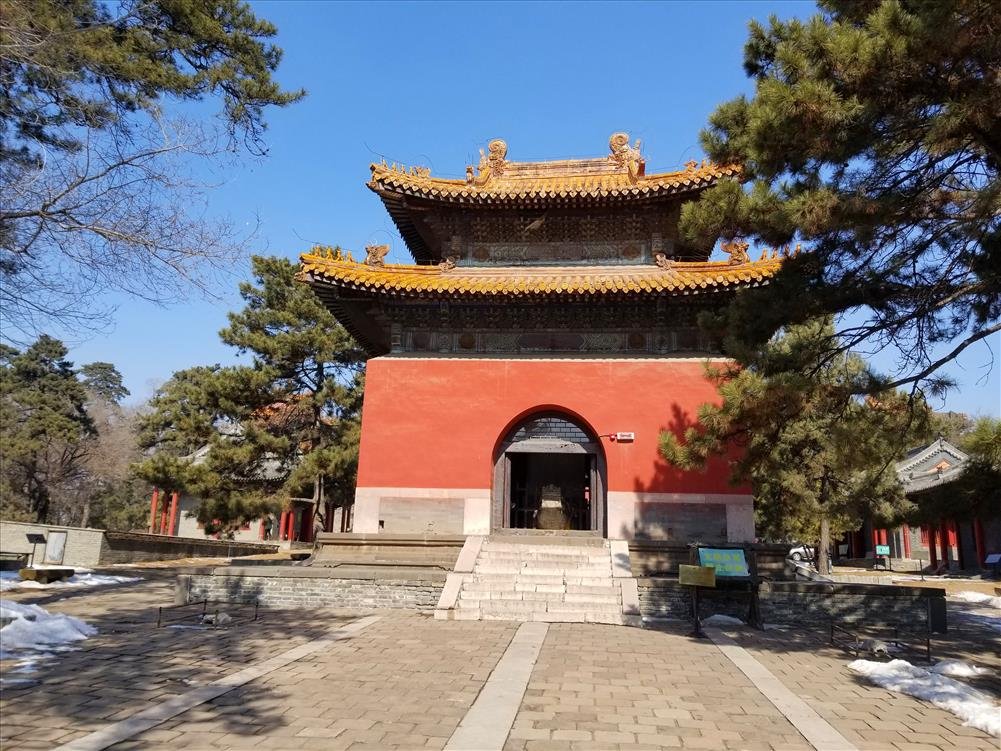
Today I will continue to take with you to Fuling Mausoleum.
In my previous post, we passed by the the Main Red Gate and saw some stone animals on both sides of path. In here, I want to say that the Main Red Gate has different items and using rules.
The room in the middle is called "Sacred Gate", which is the room for "Deities". This room is only for the officials who lift the sacrificial offerings. The room in the eastern side is used by emperors only. The room in the western side is used by officials.
Inside the Main Red Gate are three paths paved with rectangular stone slabs. The middle path is called " the Sacred Way",which has also different using rules. It is only for the officials who lift the sacrificial offerings.
And we moved on, we arrived in the "108-step Staircase".
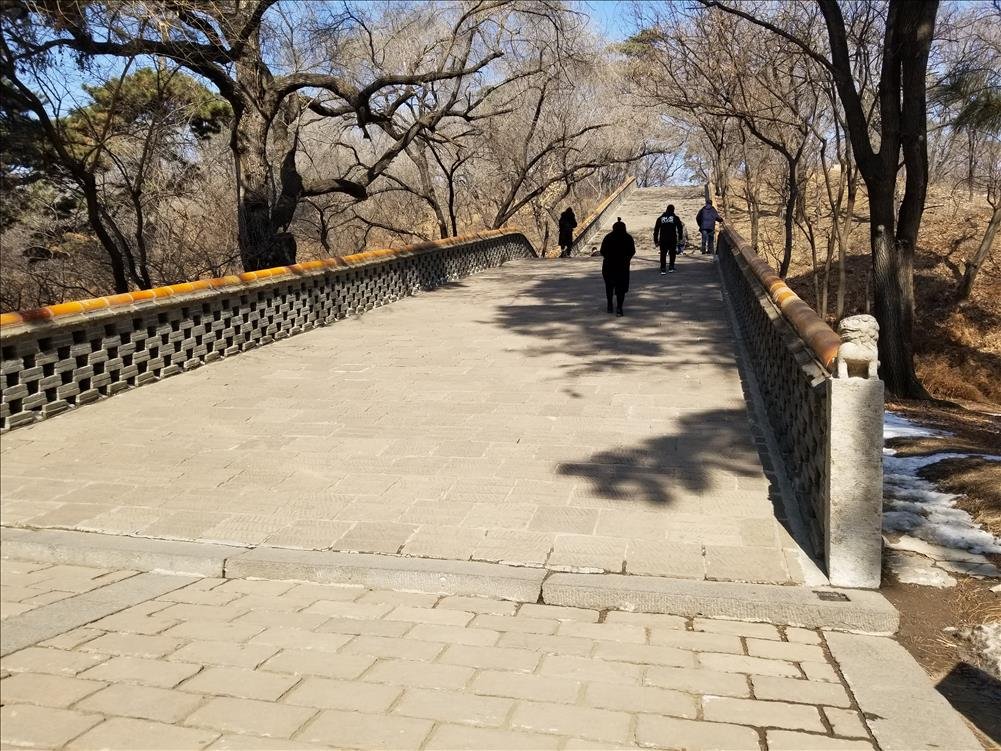
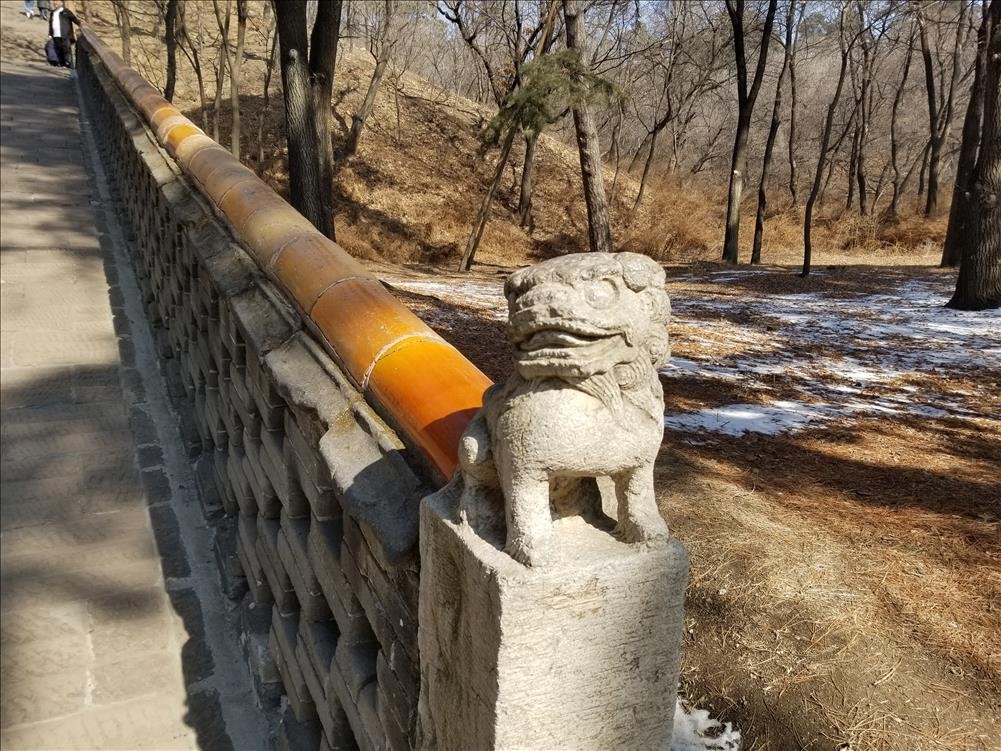
As the main architectures of Fuling Tomb were buit on the base of Mount Tianzhu entirely, while others such as the Main Red Gate and the Stone Animals were built on flat ground, so there is a slope between them. According to the slope, designer set an upward road with 108 steps on the slope, called "the 108-step Staircase".
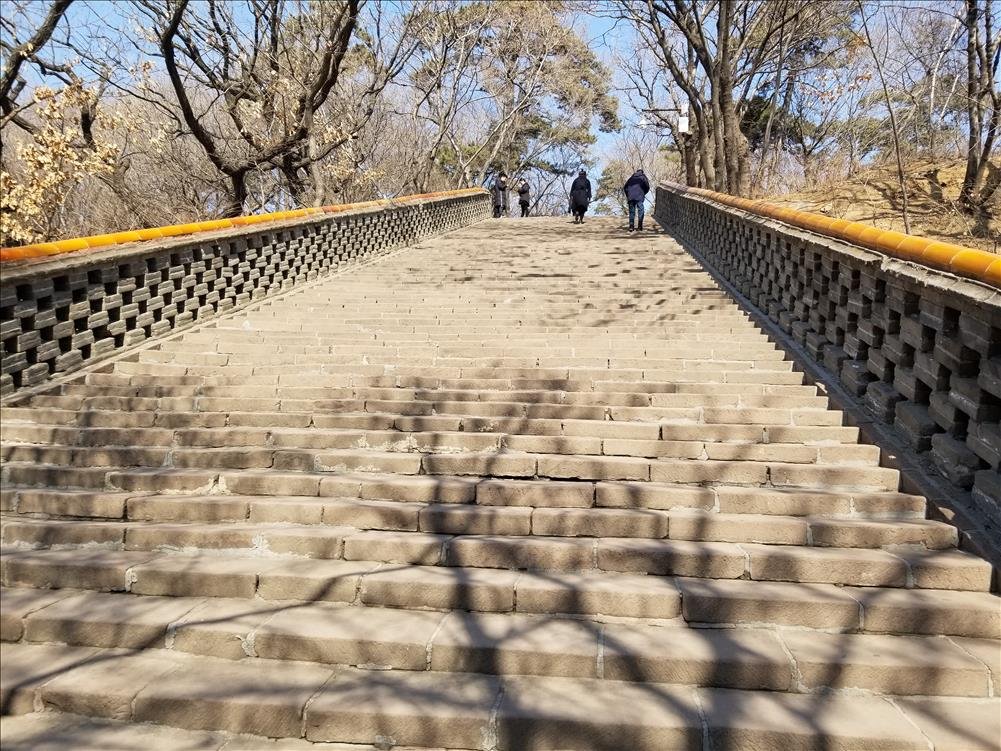
The 108-step Staircase is about 40 meters long, paved with gray rags. The two sides were railed walled covered by golden glazed tiles. And then there are two stone bridge at either side. It is a unique construction in style among the emperor's Tomb of Ming and Qing Dynasties.
There are many legends about its origin. The common statement is concerned to the constellation. According to the legend, there are thirty-six Big dippers and seventy-two Malignant Stars.They are all calamitous constellations. It implied that stepping them under the foot can protect Fuling Tomb.
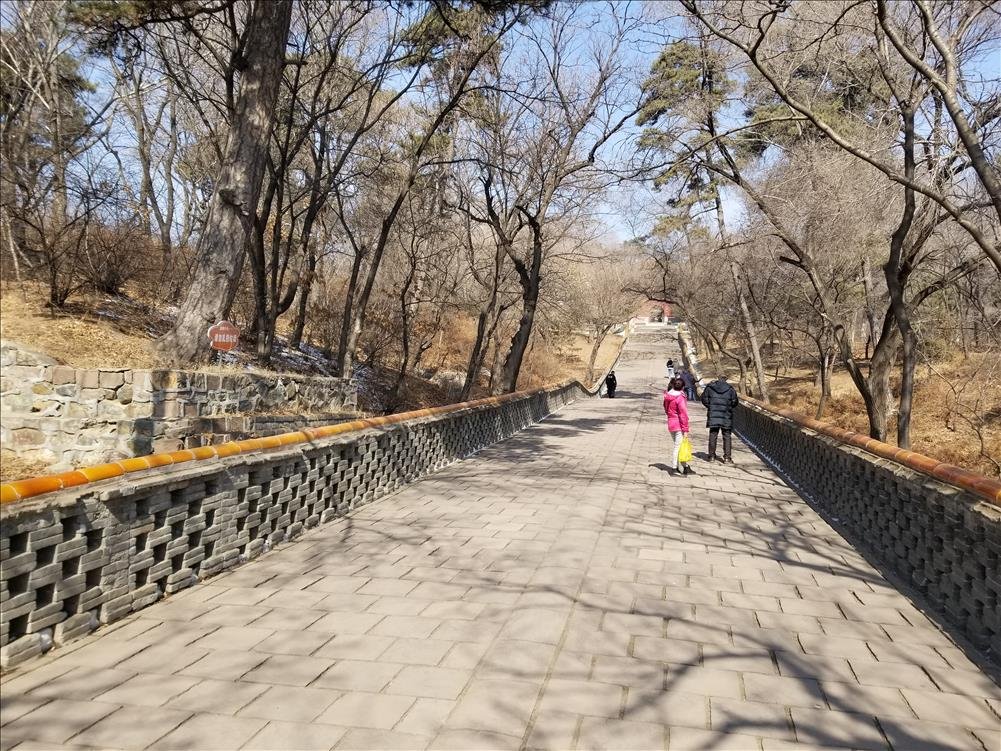
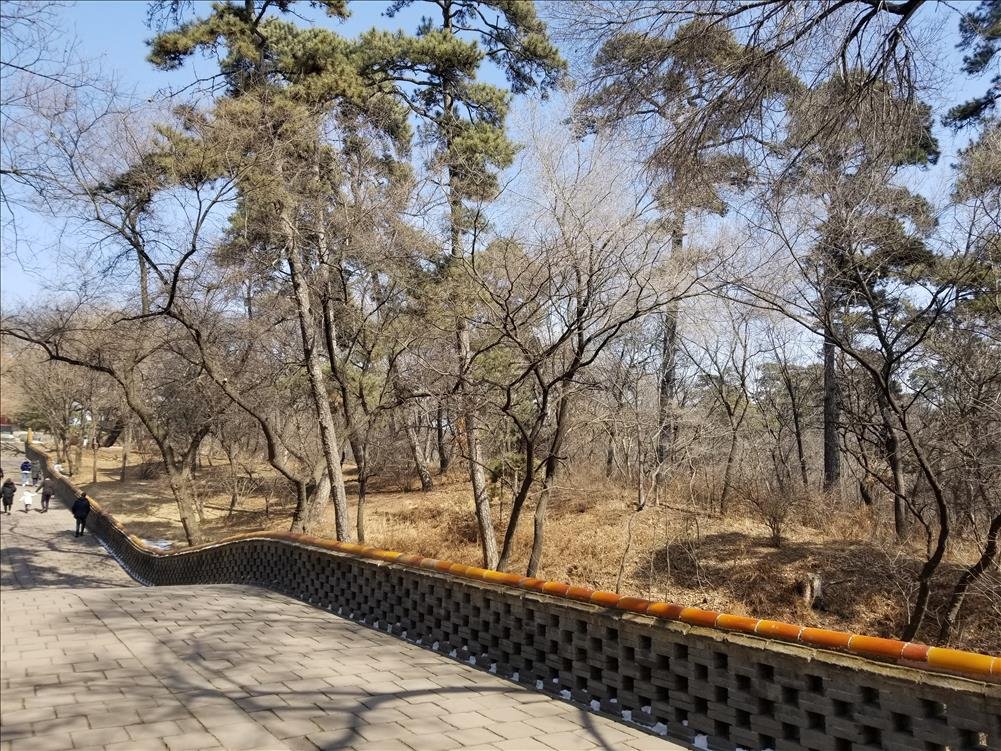
We moved on. A pavilion is standing in front of us.
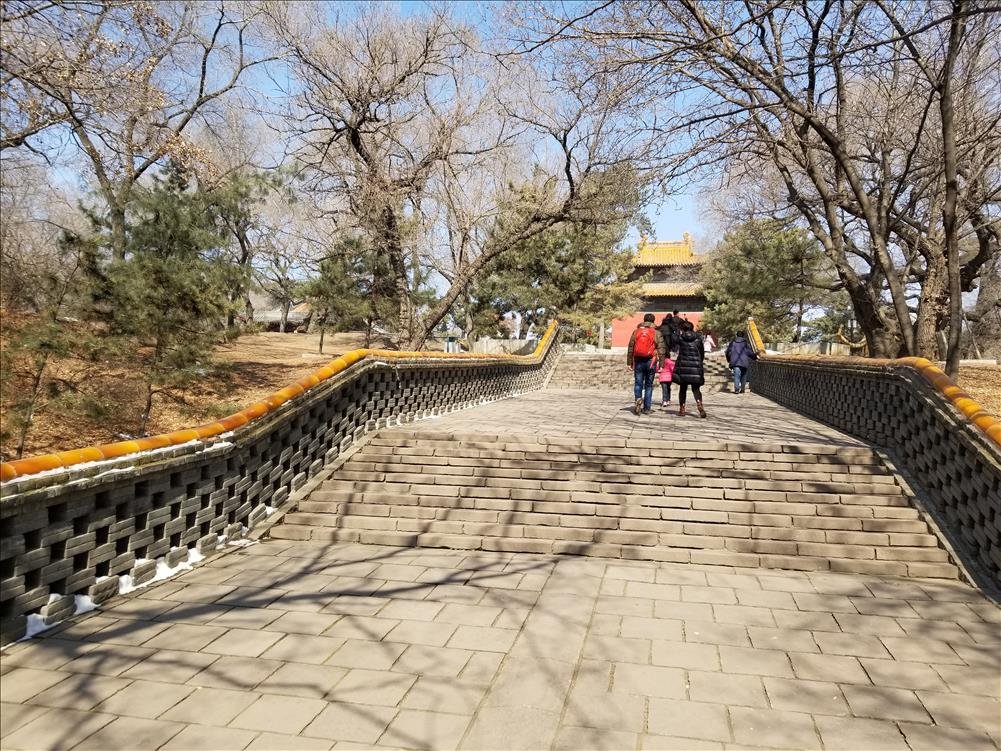
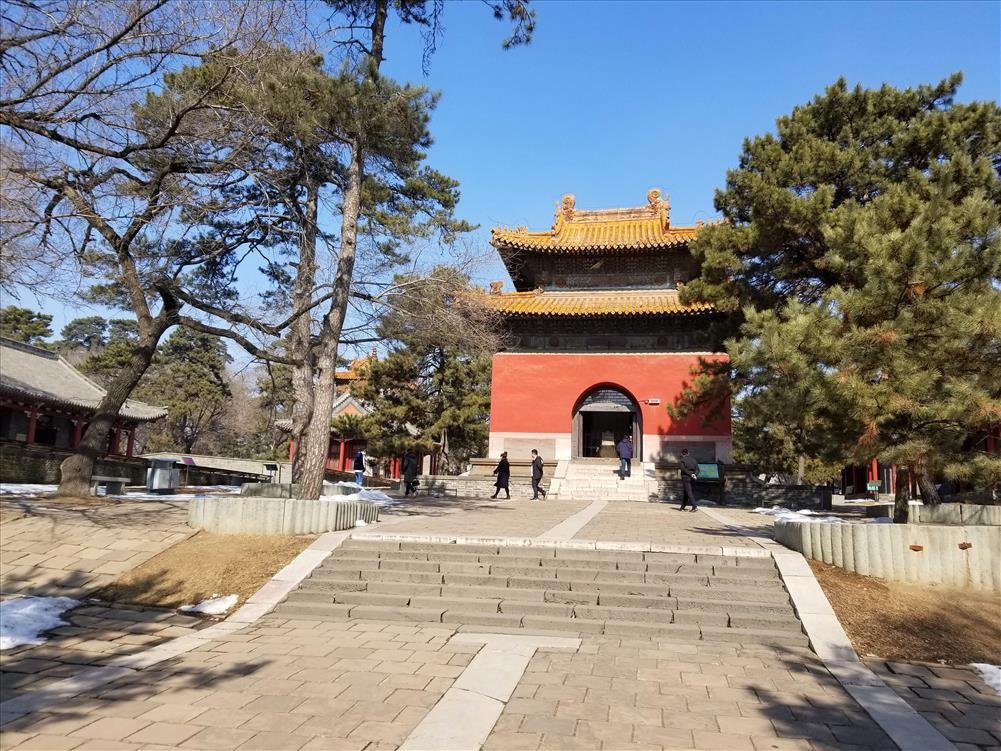

And there is a stone tablet standing in it. The stone tablet is called "the Shengongshende Tablet", which is about 5.5 meters high. It is so big that you can hardly imagine how it was built and transported by ancient people.
It took craftsmen many years to finish it.
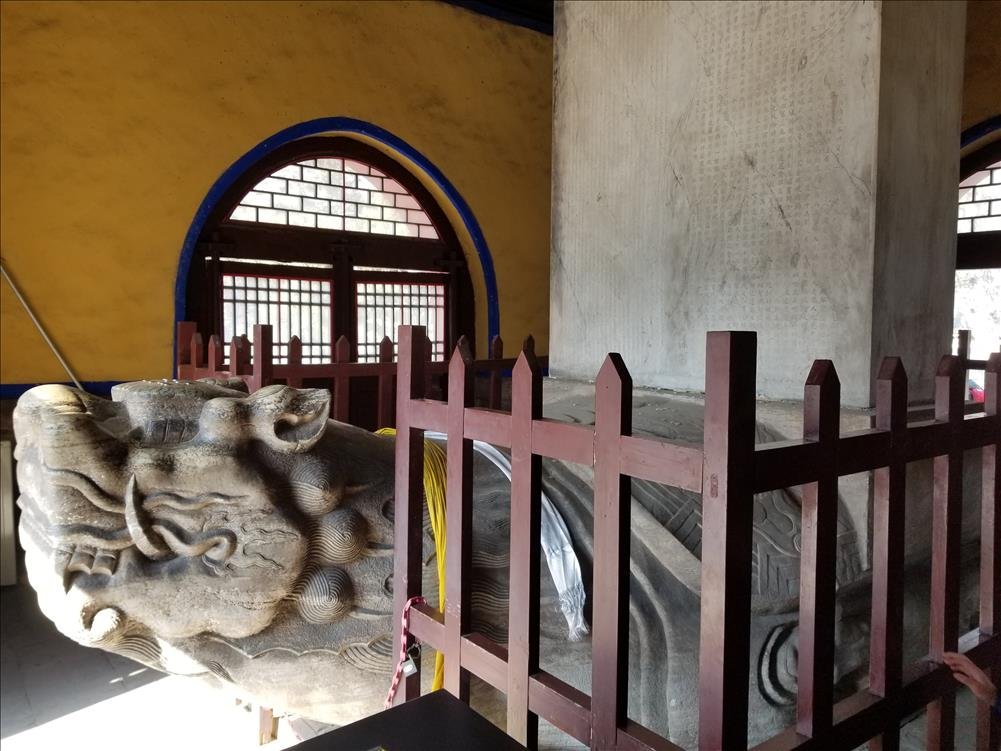
The stone tablet recorded some achievements of Nurhachi. The inscriptions is cared in both Man and Han language.
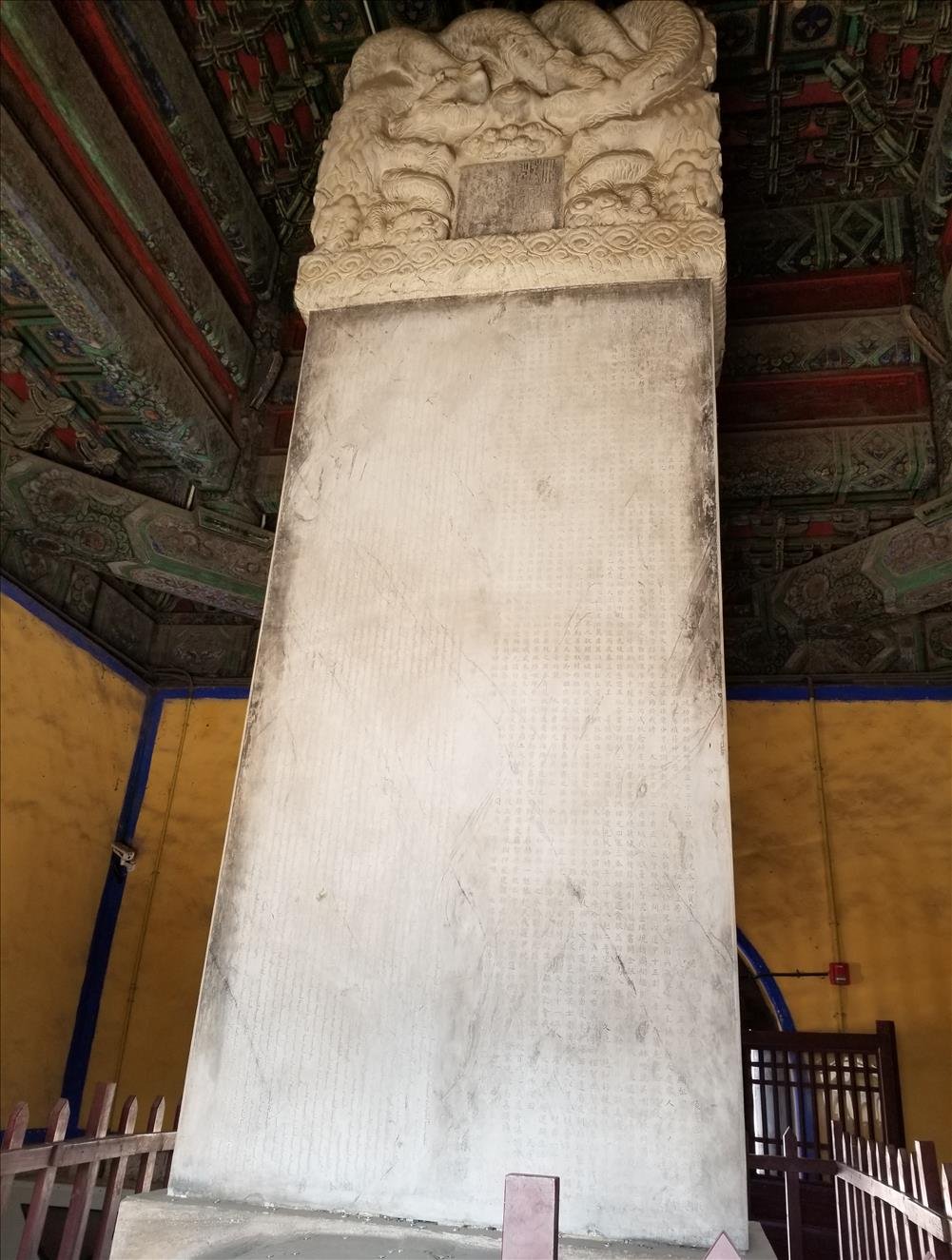
It has six dragon heads and soft-shelled turtle,fish,shrimp etc. Because the emperor is the son of Heaven and the dragon is the ruler of the sea. The shrimp and fish are the most faithful guards of the dragon.
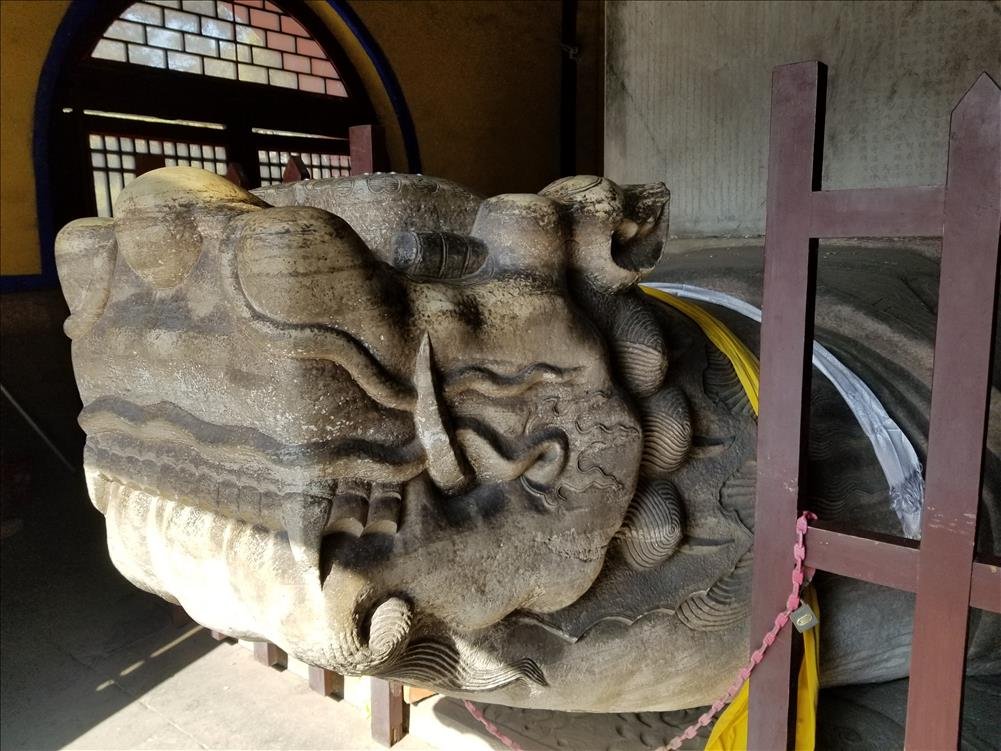

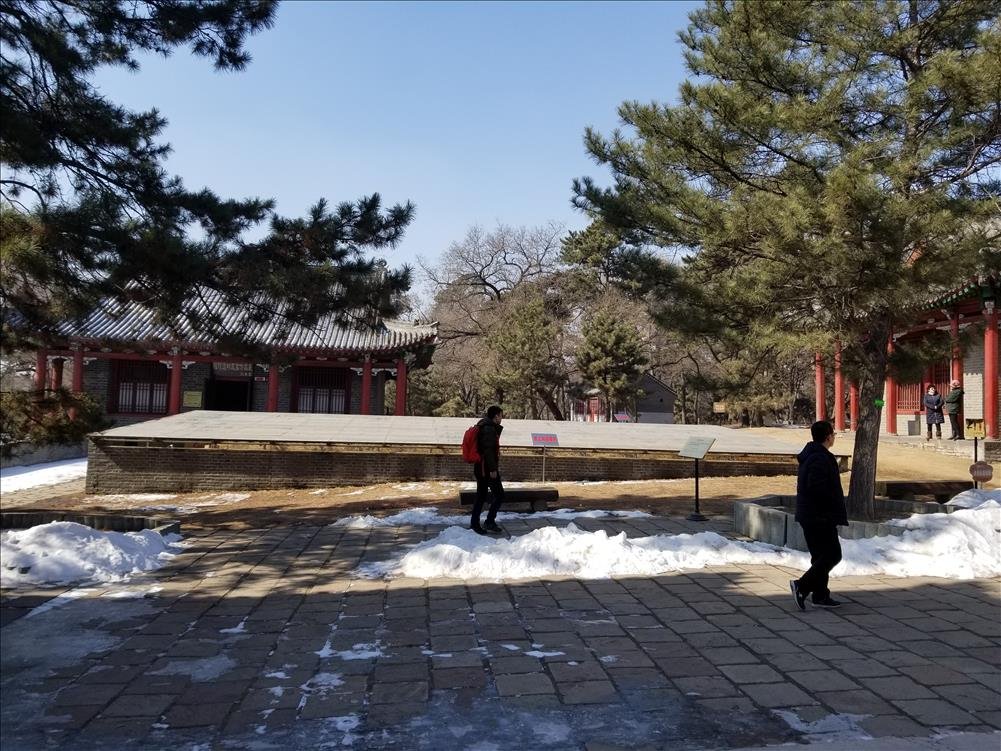
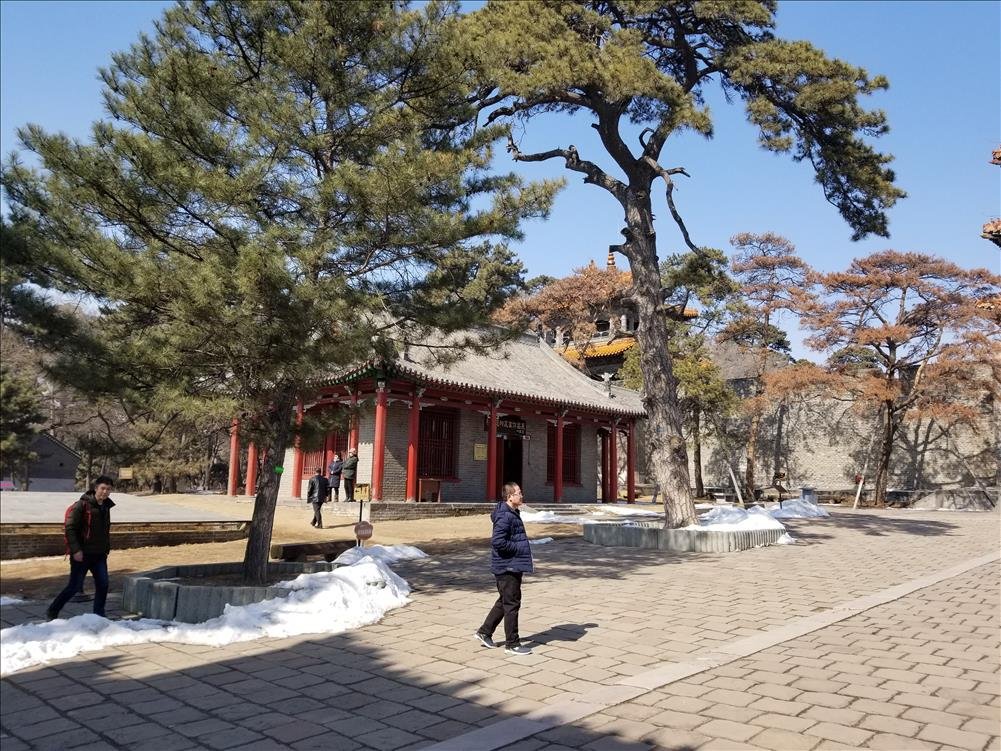
今天继续给大家分享福陵第二部分。
前面我们从正门进来,两边有石象生排。关于正门的三个门也有严格的使用规则。正中间的门,叫神门,是当年抬灵柩出入的,此门平日不开。东边的是皇帝祭陵出入的门,西边的是祭祀大臣走的门。
正门里面有三条石路。正中对应的就是神道,这个和神门一样,仅供抬祭品官员可以走,其他人一律禁止的。
继续往前走就会有一个缓坡,我们就来到了“一百单八磴”。
由于福陵主体建筑大部分都建于山顶,而大红门(正门)和石象生等则建于山前的平地上。因此两者之间会有一个斜坡。这个斜坡也不是一直升高的,是起起伏伏的展现在你的面前。那建筑物看起来就会错落有致,很美。
因为有这个斜坡,建筑者们设计了“一百零八级台阶”。
关于其来源,传说很多,其中最普遍得说法就是与道教得星宿有关,相传天上有108个不吉祥得星宿,一百单八磴寓意将它们都踩在脚下,这样可以保护福陵平安无事。
石阶全长不到50米。地面铺设青石。两侧有扶手墙,墙顶盖有黄琉璃瓦,台阶上下两端各有一座石桥。它是明清皇陵中独一无二得建筑形式。
继续往前走,过了桥,前面这个建筑就是碑楼,里面有“大清神功圣德碑”。一般记载陵主的丰功伟绩。
这里用满汉两种文字记载了太祖努尔哈赤开国创业的事迹。因为皇帝是真龙天子,石碑底座雕刻有龙首。然后在龙首的周围有一些最忠诚的侍卫(这些雕刻的鳖,虾等图案就代表着那些侍卫)。
(未完待续)
